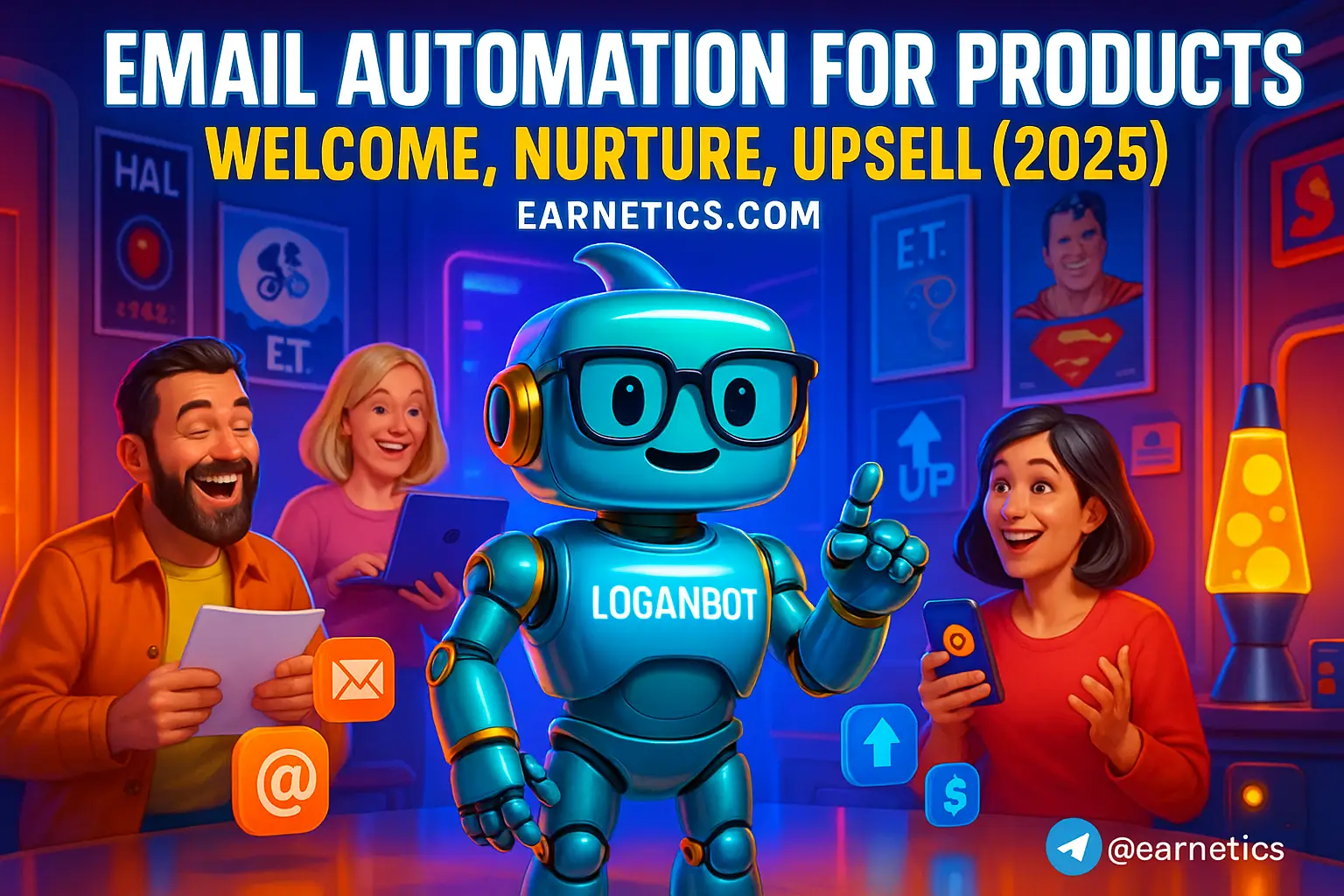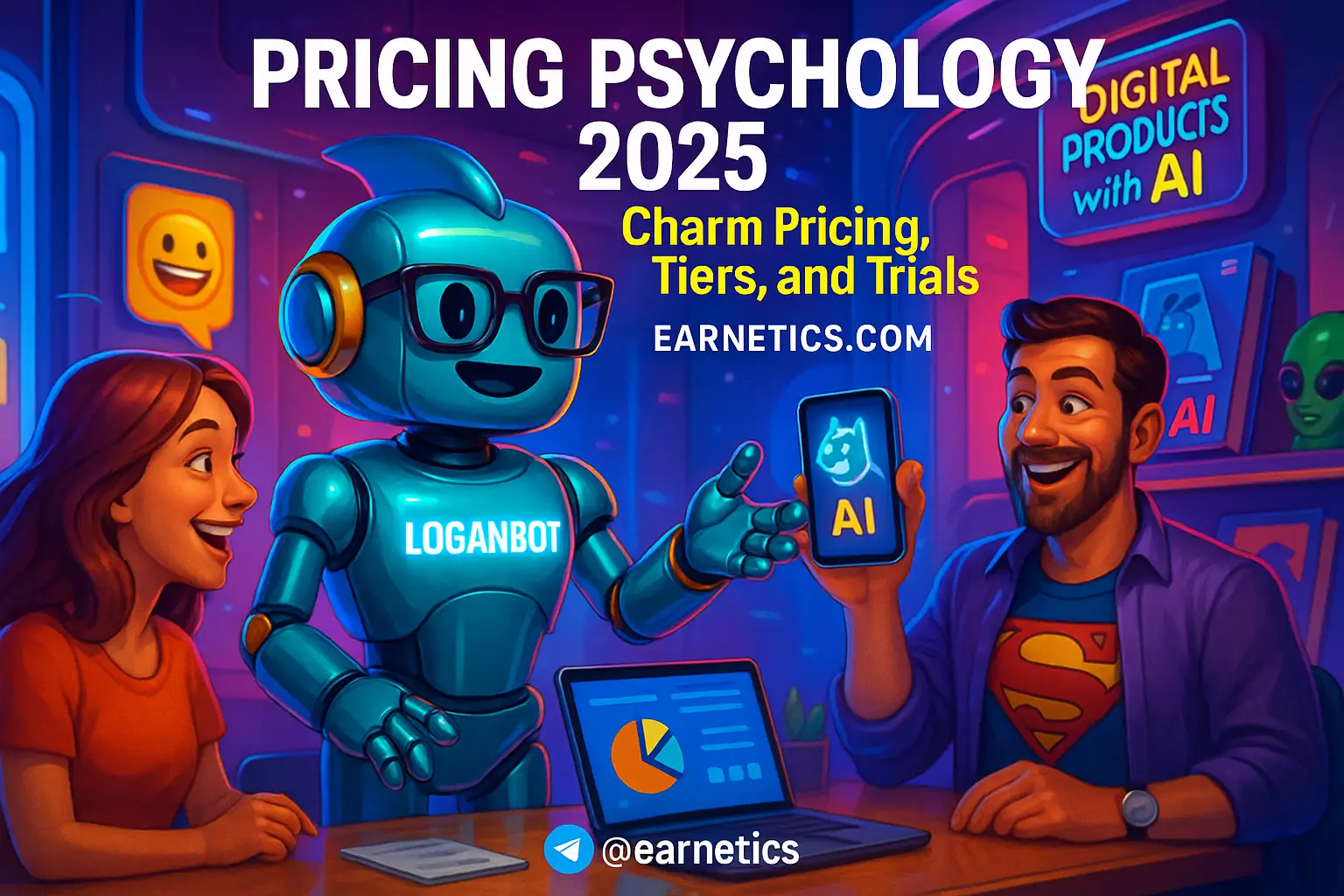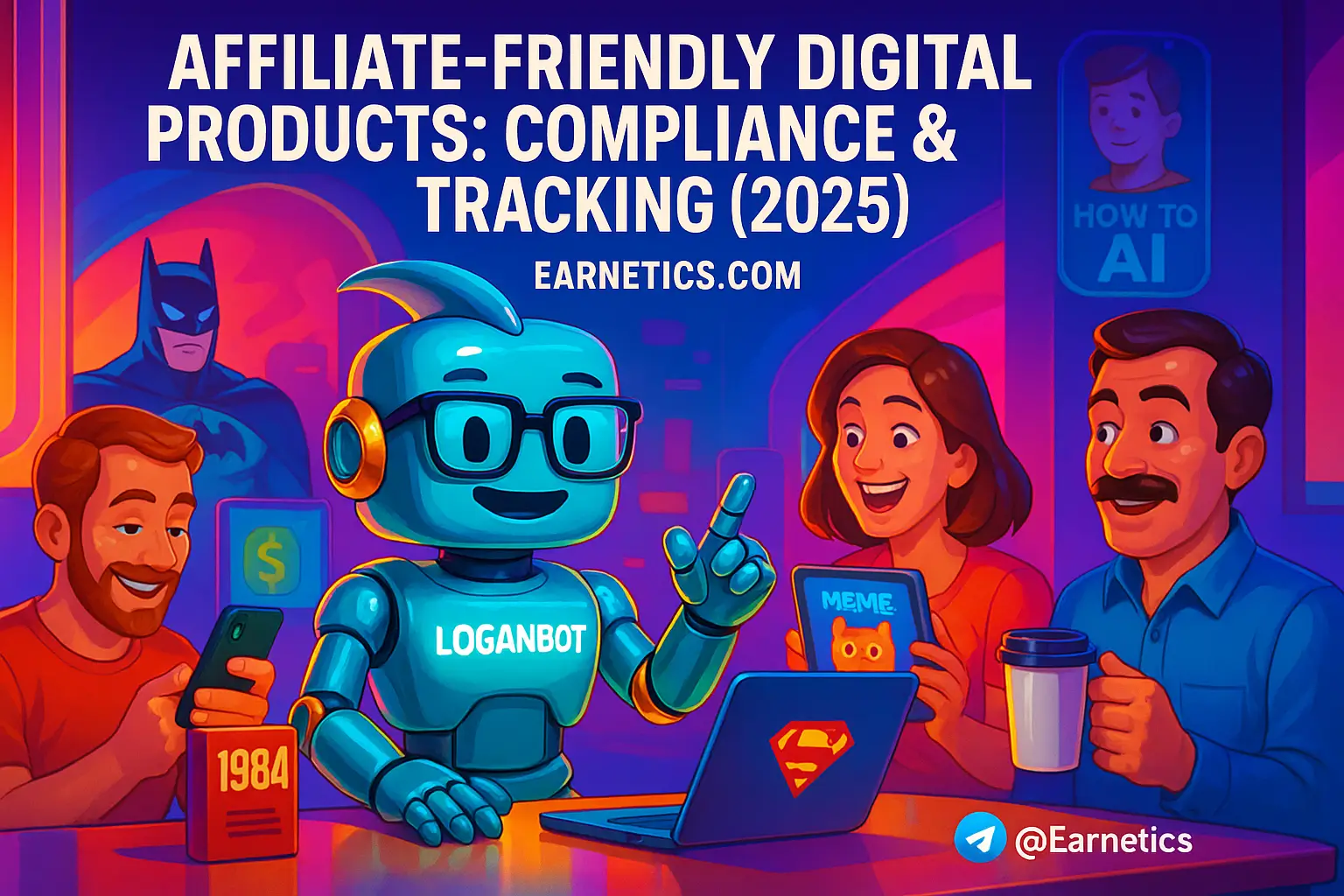Email Automation for Products in 2025: Build Welcome, Nurture & Upsell Flows That Actually Convert
Email Automation for Products made my 2025 launches convert faster – a privacy-safe, AI-personalized playbook that moves users from signup to paid.
I learned this the messy way: a dozen failed subject lines, a botched GDPR consent banner, and one glorious funnel that finally actually worked. In this guide I explain exactly how I built three automated pillars that lifted activation and revenue: a welcome sequence that gets people to their first win, nurture campaigns that keep users engaged, and upsell flows that turn happy users into higher-paying customers. I promise templates, trigger maps, metric targets, and a toolset you can copy in a weekend and iterate in a week.
Quick keyword snapshot (so your SEO brain is happy): main keyword is Email Automation for Products. High-traffic secondary keywords to track: welcome email sequence, nurture email campaign, upsell email automation, behavioral trigger emails, email automation tools, product onboarding emails, post-purchase email flows. LSI terms to sprinkle: email personalization, lifecycle email marketing, post-purchase messaging, activation email, conversion email sequence, cart recovery email, retention email strategy, email deliverability best practices, in-product messaging.
This article is for product-led growth teams, e-commerce owners, and SaaS marketers who want to stop winging it with batch-and-blast and start shipping behavior-driven automations. I’ll show tactical timing, subject-line examples, sequence maps (Day 0, Day 2, Day 5), segmentation tips, and the metrics I obsess over – open rates, time-to-first-value, attach rate, and real revenue per recipient. Ready? Good. I have bad coffee and a clipboard of experiments. Let’s go make emails that don’t suck and actually earn.
Crafting a High-Converting Welcome Email Sequence
First email: timing & subject-line strategies
The welcome email sequence is the foundation of activation. My rule: hit the inbox fast, but don’t look desperate. Send the first email within 10 minutes of signup for time-sensitive apps, or within 1 hour if you need to verify identity or wait for data. For lower-friction products you can experiment with immediate sends versus a 30-minute delay – sometimes a brief pause increases curiosity, believe it or not.
Subject lines that work for me: “Welcome – here’s your first quick win”, “You’re in. Try this 2-minute setup”, “Ready for your first reward?”. Preview text examples: “Start in two minutes – no dev required”, “A short setup to see value fast”, “Your free trial needs one small change”. Test urgency vs curiosity, and always A/B the subject line with and without personalization tokens like first name or plan.
Subsequent emails: onboarding, education, social proof
I map my welcome flow like this: Day 0: value-first email with one clear CTA to the product’s Aha moment. Day 2: quick-win guide – a 3-step walkthrough or short video. Day 5: social proof and use cases – customer quote, short case study, or a screenshot of results. If the product is complex, add Day 7: a live demo invite or ask a single question to segment needs.
Keep each message focused. One CTA, one outcome. My favorite CTAs: “Get my quick setup”, “See a real example”, “Activate this feature”. Those nudges reduced my time-to-first-value by days in one experiment. Use inline help links, short GIFs to show value, and a one-click deep link to the precise place in-app where the win happens.
Testing & KPIs for welcome flows
Track open rate, click-through rate, activation rate (the action that proves the user saw value), and time-to-first-value. Also watch unsubscribe rate and complaint rate – high activation with a high complaint means you’re annoying the wrong segment. My go-to A/B tests: CTA copy, number of emails (3 vs 5), send delays, and subject-line personalization.
Run cohort-based analysis: measure activation over 7 and 30 days. If Day 0 email plus Day 2 guide get 60 percent of activations, you know where to double down. If not, the data tells you whether users need better product hooks or better email copy. Pro tip: capture the first in-app action as an event so your flow can adapt in real time – and stop emailing users who already activated. That one tiny change saved me hundreds of annoyed inboxes.
Designing Effective Nurture Email Campaigns to Improve Engagement
Segmentation strategies for targeted nurture sequences
One-size-fits-all emailing is dead. I build nurture email campaigns around behavioral segments: new users, trial users, power users, dormant buyers. Lifecycle stage matters – someone who just converted needs different content than a user who hit an engagement plateau at day 14. I also integrate lead scores so high-intent but low-usage leads get hands-on nurture, while engaged users receive growth ideas.
Segment by product usage, feature adoption, purchase history, and referral potential. For e-commerce, segments include first-time buyers, repeat purchasers, and cart abandoners. For SaaS, segments exist by plan, feature usage, and support tickets. When I combined CRM enrichment with usage events, my conversion rates climbed because the emails felt like they were aimed at a person instead of a mailing list.
Content mix & personalization for long-term value
A high-performing nurture email campaign mixes education, inspiration, and social proof. My balance: 50 percent how-to content, 30 percent case studies or user stories, 20 percent product updates and soft pitches. Personalize with tokens, yes, but don’t stop there – dynamic content blocks that show feature tips based on usage are where the real lift is.
Examples I used: a dynamic block showing “Top features you haven’t tried”, a mini-case study from a similar company, and a link to a one-minute tutorial. Personalization reduced churn for a cohort by 12 percent in one test. Keep content bite-sized – nobody wants a novella in their inbox.
Cadence, automation logic & re-engagement plays
Decide drip versus behavior-triggered flows based on goals. Use drip sequences for education and onboarding, and behavior triggers for reactive nudges – like when a user declines to finish a setup or stops using a core feature. My frequency rule: value-first frequency – more often when each message clearly teaches or unlocks value, less often when messages are promotional.
For dormant users, I run a re-engagement play: 1) gentle check-in with helpful content, 2) highlight new features they missed, 3) a compelling promise or small discount if relevant, and 4) final clean-up email asking permission to stay in touch. If they remain silent, I stop emailing and save my reputation. That reactivation sequence rescued a chunk of previously lost users and gave me a clean list to retarget elsewhere.
Automating Upsell & Cross-sell Emails to Boost Revenue
Trigger-based upsell flows that convert
Upsell email automation works when it’s timely and aligned with demonstrated value. My best converts happened when I triggered upsells after a clear usage milestone – for example, when a user hits 80 percent of their plan limit, or when they completed three successful projects. Post-purchase upsells also work: send a complementary product suggestion 3-7 days after delivery when the buyer still remembers the purchase experience.
End-of-trial upgrade prompts should start 7 days before expiry with usage highlights and social proof, then a final 24-hour reminder with a frictionless one-click upgrade. Reduce friction by pre-filling forms, showing a clear pricing anchor, and offering immediate access to premium features on payment. That sense of instant benefit is the conversion engine.
Crafting offers & messaging that increase conversion
Decide between discount and value-add offers based on your margin and brand. I prefer value-adds for premium positioning – for example, “Add unlimited team seats for $X” or “Get priority onboarding included”. Use pricing anchors to make the upgrade feel like an obvious step, bundle related features, and include social proof to reduce risk perception.
Messaging should be specific: “You’ve saved 12 hours this month – upgrade to Pro to automate X and save 30 more.” Urgency helps, but authenticity does better long-term. Scarcity works only when real – limited onboarding slots or seasonal bundles feel less spammy than fake countdowns.
Measuring revenue impact & optimizing funnels
Track revenue per recipient, attach rate (percent who upgraded after the email), incremental revenue, and LTV uplift for cohorts. Use uplift testing: send an upsell sequence to a test group and compare revenue against a control group that receives only the baseline messages. Cohort analysis tells you if upgrade behavior persists or if it’s a one-off spike.
Attribution can be messy – tie email-driven upgrades to the last-email click, but also run multi-touch models periodically to understand assisted conversions. Small changes in CTA copy or timing gave me double-digit improvements in attach rate in multiple tests. Data over gut every time.
Personalization, Segmentation & Behavioral Triggers
Data sources & attributes for effective personalization
Personalization hinges on clean first-party data. I pull product events, purchase history, and engagement signals into a central profile. CRM enrichment is useful for company size or industry, but the strongest predictors are in-product behaviors. Use custom properties for trial start date, number of projects, or last active date so your email templates can show real, relevant data.
Don’t forget consent and preference data – only email what users opted into, and honor their frequency choices. I once rebuilt a whole segment because our consent field was mapped wrong. That mistake cost time and trust, so map fields carefully and audit regularly.
Common behavioral triggers with example templates
Here’s a short trigger-to-message map I used: Abandoned cart – “Forgot something? Quick checkout with one-click”, Product-view follow-up – “Liked that item? Here’s how others used it”, Feature discovery – “Three things you can do now with Feature X”, Milestone – “Congrats – you’ve hit 100 actions, here’s a Pro tip”, Renewal reminder – “Your plan renews in 10 days – review usage and upgrade options”. Each template should be short, personalized, and include a single clear action.
Deliverability, privacy & governance considerations
Post-2024 privacy updates mean inbox placement depends on consent and relevance more than ever. Maintain frequency caps, respect opt-outs, and monitor spam complaints. Warm new IPs slowly and use domain-based metrics like SPF, DKIM, and DMARC to protect sender reputation. I watch deliverability daily during big campaigns and pause sends if complaints spike.
Also document your data governance: who can access event streams, how long personal data is stored, and a simple process for handling data deletion requests. Treat deliverability and privacy as features – because if the inbox blocks you, your best copy is useless.
Conclusion
Welcome, nurture, and upsell are the three pillars that turned my email program from a noisy bulletin into a revenue engine. The welcome sequence creates quick wins and prevents churn, nurture campaigns build trust and long-term engagement, and upsell automation converts value into measurable revenue. Behavioral personalization ties them together – when emails reflect what users actually do in your product, they stop feeling like ads and start feeling like helpful nudges.
Here is an actionable checklist you can use tomorrow: 1. Map your flows – Welcome, Nurture, Upsell with key triggers and outcome metrics. 2. Define triggers – signup, first action, usage limits, cart abandonment, trial end. 3. Choose metrics – activation rate, time-to-first-value, attach rate, revenue per recipient. 4. Build templates – short, focused, one CTA. 5. Run A/B tests – subject line, CTA, send time, number of emails. 6. Monitor deliverability – complaints, bounces, spam traps. 7. Iterate weekly and hold a monthly cohort review.
Tools that helped me: an email platform with automation (like HubSpot or Customer.io), a product analytics stack (Mixpanel, Amplitude), and a workflow automator for edge cases (my secret is an automation builder that saved hours stitching systems together). Start with a simple stack: email provider, analytics, and a clean event schema. Roll out like this: 30 days to map and launch a basic welcome flow, 60 days to add segmented nurture sequences, 90 days to test and scale upsell automation.
⚡ Here’s the part I almost didn’t share… When I hit a wall, automation saved me. My hidden weapon is Make.com – it stitched product events to email triggers and freed me from manual CSV horrors. You get an exclusive 1-month Pro (10,000 ops) free.
🚀 Still curious? If this struck a chord, my free eBook Launch Legends: 10 Epic Side Hustles to Kickstart Your Cash Flow with Zero Bucks digs deeper into systems, templates, and automation examples that pair perfectly with these email flows.
Explore more guides and detailed templates at Earnetics.com to build your next campaign faster. And if you want a quick benchmark on industry email metrics, see the latest numbers from HubSpot for context: hubspot.com. Now go map your flows, send less noise, and start earning without annoying people. I’ll be testing subject lines with terrible coffee in hand — join me if you dare.


